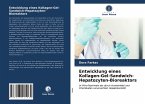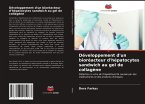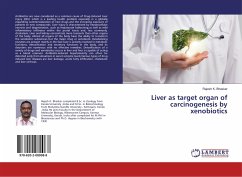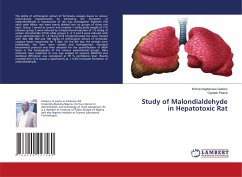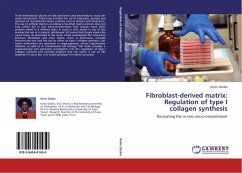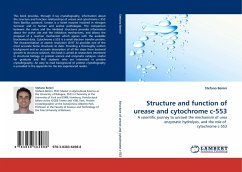Understanding the hepatotoxicity of drugs is essential for progress in academic and industrial research. Studying hepatotoxicity in vitro is challenging because hepatocytes, the metabolically active cells of the liver, are very difficult to maintain in culture. It has been observed that culturing hepatocytes between two layers of collagen maintains in vivo-like morphology and also many drug metabolizing enzymes for weeks. In spite of the research examining drug metabolism in collagen sandwiches, there is limited data regarding the applicability of this system to hepatotoxicity studies. We cultured primary rat hepatocytes in the collagen sandwich configuration and optimized this system for long-term hepatotoxicity studies. In addition, we also examined the conditioned medium from the hepatocytes to investigate the secreted protein profile, which could potentially be used to find toxicity biomarkers. Our proteomics analysis combined gel electrophoresis with Qstar LC-MS/MS, and we were able to identify 493 proteins. In summary, we have shown that the collagen sandwich is a suitable system for hepatotoxicity studies as well as proteomics analysis.


